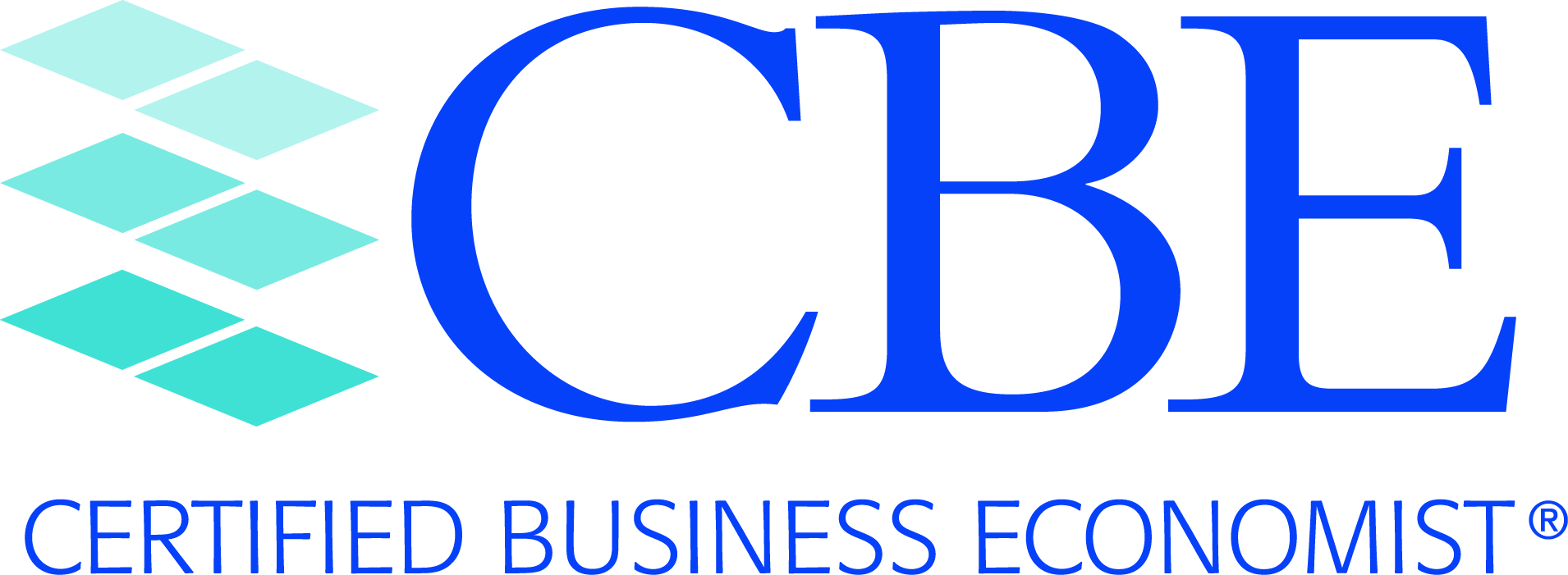
Managerial Economics - Content Outline
Back to Exam Page
- Introduction and Basic Concepts
- The firm
- Froeb and McCain
- Making decisions at the margin
- Ignoring sunk costs
- Nature of costs and measuring costs
- Explicit versus implicit costs
- Accounting profit vs. economic profit.
- Computing economic profit
- Compute present value of a future amount
- Optimizing techniques
- Adhere to the NABE Code of Ethics
- Supply and Production
- Organization of production
- The role of transaction costs in determining the vertical boundaries of the firm
- Boundaries of the firm and transaction costs,
- Getting the make vs. buy decision wrong
- Topics in the supply chain
- Domestic vs. foreign: trade vs. FDI
- Vertical vs. horizontal international choice
- Long run average costs
- Minimum Efficient Scale
- Economies of scope and the factors that contribute to it
- Estimating Cost Functions and Production Functions
- Short run costs
- Functional Forms
- Estimating cost functions
- Estimating the efficient plant size in an industry
- Learning Curve
- Break-even analysis
- Principles of break-even analysis
- Resolving measuring issues
- Contribution margin
- Operating leverage
- Financing the Firm
- Long run investment decision and capital budgeting
- Measuring the cost of capital
- Capital structure of the firm – WACC
- Project finance – cash flows, cost of capital, NPV, IRR, and payback criteria
- Risk and Uncertainty in Decision-Making
- Defining and measuring risk
- Utility theory and risk aversion
- Adjusting asset valuations for risk
- Making investment decisions under uncertainty
- Analysis of Demand
- Price elasticity of demand
- Using direct estimation
- Using a linear demand function
- Using a log-linear demand function
- Using a logit model
- Using the mltinomial logit model
- Individual estimates and aggregating demand
- Other elasticities
- Advertising elasticity of demand
- Measuring key demand factors/data sources
- Internal price data collection/tracking promotions
- Competitor price/volume data
- Survey data/consumer research
- Seasonality and “events”
- Demand forecasting – quantitative techniques
- Regression models – single equation
- Demand forecasting – qualitative techniques
- Pricing
- Pricing basics
- Price-taking in perfect competition
- Price-setting in less than perfectly competitive markets
- Cost-plus pricing
- Complex pricing issues
- Commonly-owned substitutes
- Commonly-owned complements
- Yield management
- Promotional pricing
- Efficient pricing: assumptions and examples
- Fundamentals
- Perfect price discrimination
- Customer segmentation pricing
- Two-part tariff/multi-part pricing
- Legal issues around pricing
- Resale price maintenance
- Predatory pricing/dumping
- Pricing within the firm: transfer pricing
- Market Structure and Strategic Behavior
- Defining the relevant product and geographical markets for good or service
- Assessing a market’s structure and competitiveness of an industry
- Concepts and measurements
- Concentration measures
- Scale economies and entry conditions
- Decision Tree
- Analyzing choices through decision trees
- Applying game theory models to business situations
- Regulation
- Externality and the difference between private and social benefits and costs
- Correcting the misallocation of resources that comes from externalities.
- Antitrust
- Regulatory review process of a proposed merger
- Restraints of trade
- Other Regulation
- Public utility regulation
- Executive Order 12866
- Analyzing regulation